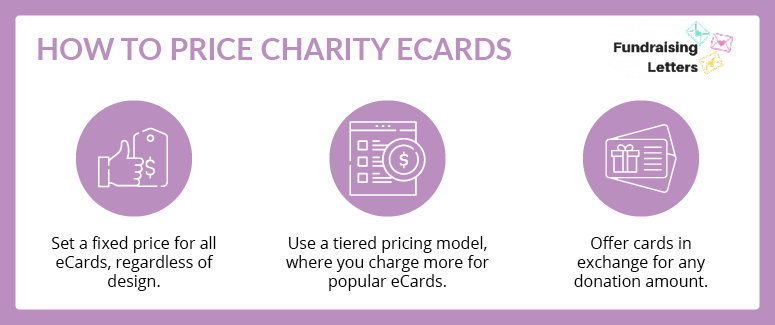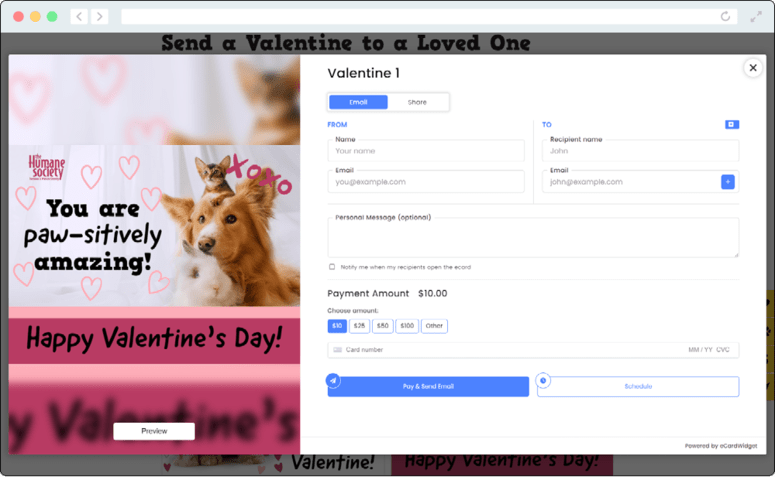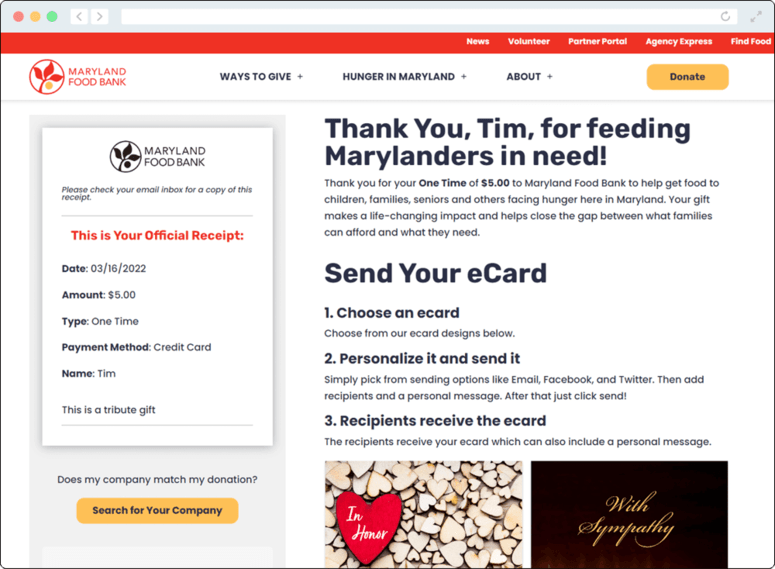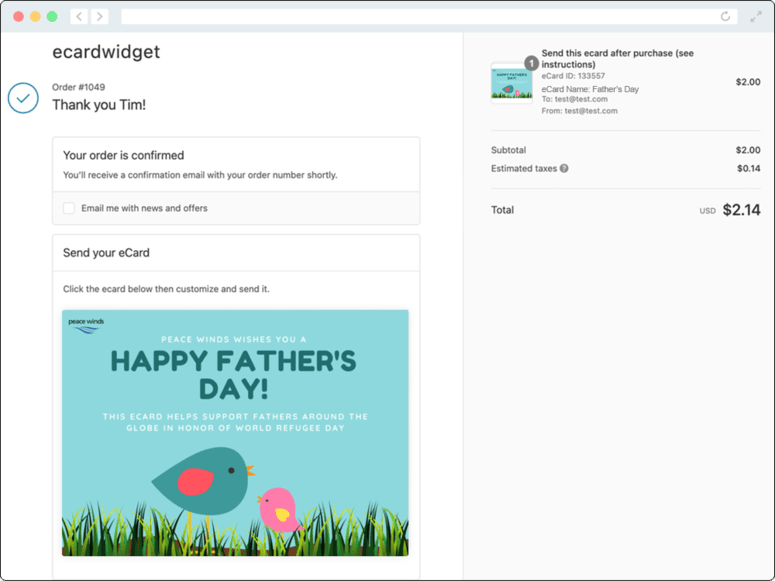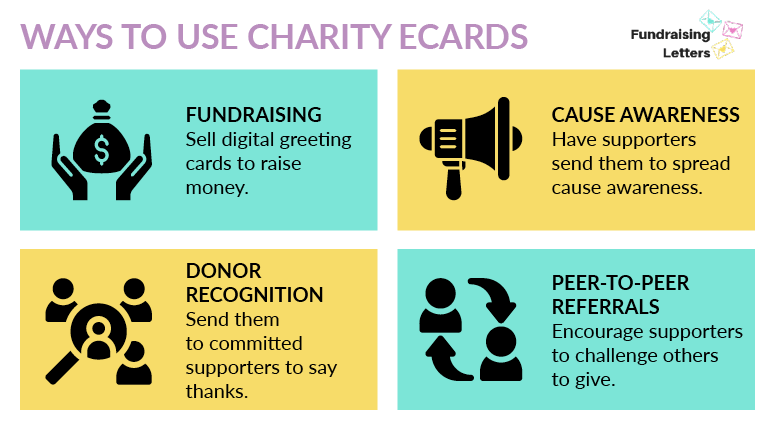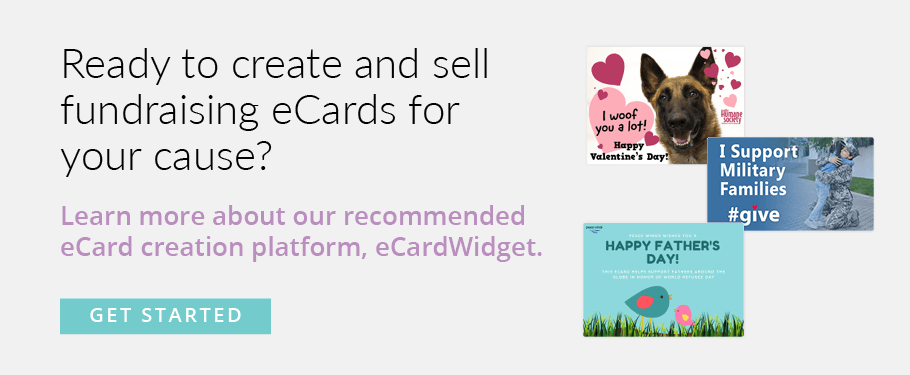A fundraising auction has many moving parts—soliciting items, sending invitations, and finding a venue are just a few tasks on your planning committee’s to-do list. However, one item on your list merits your full attention: pricing.
Pricing is at the heart of a productive auction fundraiser. You could procure all the best items for your audience, but you won’t reach your fundraising potential if you don’t price them correctly. To really make a difference, you need to know how to set competitive but fair starting bids and bid increments. In this quick guide, you’ll learn how to:
Auction pricing can vary depending on the number and type of items you procure. To solicit items effectively, make sure you leave plenty of time to research potential donors and send donation request letters. Doing so will allow you to procure a range of enticing, high-value items. With this in mind, let’s jump in!
Determine Fair Market Value
Fair Market Value (FMV) refers to an item’s retail price or list value. It’s your “source of truth” for setting starting bids and bid increments. It should also be well-documented so item donors can accurately claim their tax deductions. SchoolAuction.net’s silent auction item pricing guide suggests consulting the following resources in addition to researching the standard retail price to compare FMV:
- Item donors: Reach out to item donors to understand their evaluation of the item’s FMV. Weigh their opinion the most heavily, as pricing their item correctly is one way to recognize them for their generosity. This is especially important for intangible items.
- eBay or Amazon: For items donated anonymously or for ones that have an unknown FMV, research sites like eBay or Amazon for an estimate of the item’s listing price.
- Previous auction data: Attend auctions or look into previous auction data to get a second opinion for any item prices you’re unsure about.
Bear in mind that most auctions have a combination of tangible and intangible items. The above sources work well for tangible items. However, intangible items, such as experiences or celebrity meet-and-greets, require additional research. Look into your audience’s demographics, preferences, and interests. How highly would they value this intangible item? When in doubt, ask them, or reference previous auction data to see how well similar intangible items performed in years past.
Set Starting Bids
After you’ve identified an FMV for each item, use this information to finalize your starting bids. As a general rule of thumb, set starting bids at 30-50% FMV to keep bidders invested without devaluing your items. The starting bid range is wide to accommodate the various types of auction items you’ve procured.
For instance, starting bids for items with the most bidding interest, such as a lakehouse getaway package, should be set closer to 30-40% FMV. Starting bids for lower-end or repeated items should be set closer to 50% FMV because if you think people may not be excited about an item, you’ll want to cover your bases as the chance for sustained, competitive bidding is lower.
To determine which items offer the highest revenue potential, refer to these sources:
- Audience demographics and preferences: Consult your guest list to take note of the type of attendees you’ll have. Consider how they would value your items. For example, an audience of school parents will most likely value childcare services more highly than an audience of retirees. To go even further, NPOInfo’s guide to donor data management suggests digging deeper into your attendees’ average income and employment.
- Audience interests: Discover what sort of activities or hobbies your audience members enjoy most. How do they spend their free time? An audience of avid golfers will most likely value a new golf club set more highly than a prized painting.
- Item’s perceived specialness: Determine which factors could have the most sway in persuading attendees to bid. If your item is a pair of AirPods, for instance, is it the newest model? Or, maybe you’ve procured a one-of-a-kind, hand-made pottery piece.
Be sure to optimize your display for high-value items. For example, to show off any experiences such as a beach getaway, you’ll want to exhibit alluring photos of the exact location. Or, if you’re auctioning off concert tickets, let bidders see the concert venue, artist, and seat location. Capturing photos of your item will allow bidders to better visualize its value.
Set Bid Increments
To set the right bidding pace, set bid increments at 10-15% FMV. To determine where your bid increments should land, consider these factors:
- Bidder feedback and fellow fundraiser support: Seek input from previous auction attendees and bidders to inform your bid increment strategy. You can also ask for advice from other seasoned auction fundraisers to guide your decision-making process.
- Auction dynamics: Auction time limits, audience size, and item number are all factors that can weigh in on your bid increment strategy. If you have limited time available and a large number of items, it may make more sense to set higher bid increments.
- High-value items: For items with a somewhat higher FMV, consider keeping the bid increments closer to 10% to inspire more competitive bidding. Conversely, for your top few FMV items, set the bidding increments closer to 15% to maximize your auction revenue.
Sometimes a Buy-it-Now option makes the most sense for your top item. It’s a way for bidders to secure their favorite item and skip the bidding process altogether. You can set a Buy-it-Now price at 150-200% FMV as traditional bidding should never exceed it. Use this option sparingly—an item with a Buy-it-Now price should not be used for unique and appealing items as traditional bidding wars will likely drive up the price more.
Use The Right Tools to Manage Bids
Keeping track of starting bids and bid increments is much easier with the right tools at hand. Customizable auction software can help you execute your online, in-person, or virtual auction with ease. When searching for the right auction software, look for features like:
- Built-in bid calculations enable fundraisers to enter the FMV for each item and set starting bids and bid increments without having to calculate each by hand.
- Outbid notifications motivate guests to increase their bids for high-ticket items as well as make sure they don’t miss out on their top items.
- Online pre-bidding allows attendees to place bids prior to the event and can get the auction hype going in advance.
- Mobile bidding lets attendees conveniently place bids through their phones. This feature eliminates the need for bid sheets and encourages a quicker bidding pace.
- Virtual bidding enables virtual attendees to bid, chat, and live stream on a single screen. This makes the virtual bidding experience more interactive.
To get the most value from your software, research additional features that will streamline your event planning, execution, and follow-up. Features like auction item catalogs and procurement tracking can help you arrange your event while sponsorship displays and thank-you notes can help you finish the event well.
As you finalize your starting bids and bid increments, remember that attendees may not view the event the same way as you do. They are most likely eager to participate in an exciting auction experience rather than set on placing an exact number of bids. Therefore, it can be helpful to take a step back and remind bidders of why their contributions matter. Use storytelling tactics to help attendees visualize where their funds are going and how their auction participation will make a difference.



